Raymond Li
Sid
Multi$^2$: Multi-Agent Test-Time Scalable Framework for Multi-Document Processing
Feb 27, 2025Abstract:Recent advances in test-time scaling have shown promising results in improving Large Language Models (LLMs) performance through strategic computation allocation during inference. While this approach has demonstrated strong performance improvements in logical and mathematical reasoning tasks, its application to natural language generation (NLG), especially summarization, has yet to be explored. Multi-Document Summarization (MDS) is a challenging task that focuses on extracting and synthesizing useful information from multiple lengthy documents. Unlike reasoning tasks, MDS requires a more nuanced approach to prompt design and ensemble, as there is no "best" prompt to satisfy diverse summarization requirements. To address this, we propose a novel framework that leverages inference-time scaling for this task. Precisely, we take prompt ensemble approach by leveraging various prompt to first generate candidate summaries and then ensemble them with an aggregator to produce a refined summary. We also introduce two new evaluation metrics: Consistency-Aware Preference (CAP) score and LLM Atom-Content-Unit (ACU) score, to enhance LLM's contextual understanding while mitigating its positional bias. Extensive experiments demonstrate the effectiveness of our approach in improving summary quality while identifying and analyzing the scaling boundaries in summarization tasks.
The Llama 3 Herd of Models
Jul 31, 2024Abstract:Modern artificial intelligence (AI) systems are powered by foundation models. This paper presents a new set of foundation models, called Llama 3. It is a herd of language models that natively support multilinguality, coding, reasoning, and tool usage. Our largest model is a dense Transformer with 405B parameters and a context window of up to 128K tokens. This paper presents an extensive empirical evaluation of Llama 3. We find that Llama 3 delivers comparable quality to leading language models such as GPT-4 on a plethora of tasks. We publicly release Llama 3, including pre-trained and post-trained versions of the 405B parameter language model and our Llama Guard 3 model for input and output safety. The paper also presents the results of experiments in which we integrate image, video, and speech capabilities into Llama 3 via a compositional approach. We observe this approach performs competitively with the state-of-the-art on image, video, and speech recognition tasks. The resulting models are not yet being broadly released as they are still under development.
DeTriever: Decoder-representation-based Retriever for Improving NL2SQL In-Context Learning
Jun 12, 2024



Abstract:While in-context Learning (ICL) has proven to be an effective technique to improve the performance of Large Language Models (LLMs) in a variety of complex tasks, notably in translating natural language questions into Structured Query Language (NL2SQL), the question of how to select the most beneficial demonstration examples remains an open research problem. While prior works often adapted off-the-shelf encoders to retrieve examples dynamically, an inherent discrepancy exists in the representational capacities between the external retrievers and the LLMs. Further, optimizing the selection of examples is a non-trivial task, since there are no straightforward methods to assess the relative benefits of examples without performing pairwise inference. To address these shortcomings, we propose DeTriever, a novel demonstration retrieval framework that learns a weighted combination of LLM hidden states, where rich semantic information is encoded. To train the model, we propose a proxy score that estimates the relative benefits of examples based on the similarities between output queries. Experiments on two popular NL2SQL benchmarks demonstrate that our method significantly outperforms the state-of-the-art baselines on one-shot NL2SQL tasks.
SQL-Encoder: Improving NL2SQL In-Context Learning Through a Context-Aware Encoder
Mar 24, 2024



Abstract:Detecting structural similarity between queries is essential for selecting examples in in-context learning models. However, assessing structural similarity based solely on the natural language expressions of queries, without considering SQL queries, presents a significant challenge. This paper explores the significance of this similarity metric and proposes a model for accurately estimating it. To achieve this, we leverage a dataset comprising 170k question pairs, meticulously curated to train a similarity prediction model. Our comprehensive evaluation demonstrates that the proposed model adeptly captures the structural similarity between questions, as evidenced by improvements in Kendall-Tau distance and precision@k metrics. Notably, our model outperforms strong competitive embedding models from OpenAI and Cohere. Furthermore, compared to these competitive models, our proposed encoder enhances the downstream performance of NL2SQL models in 1-shot in-context learning scenarios by 1-2\% for GPT-3.5-turbo, 4-8\% for CodeLlama-7B, and 2-3\% for CodeLlama-13B.
StarCoder 2 and The Stack v2: The Next Generation
Feb 29, 2024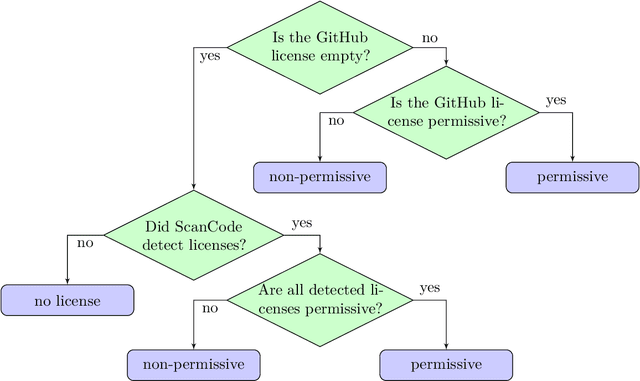
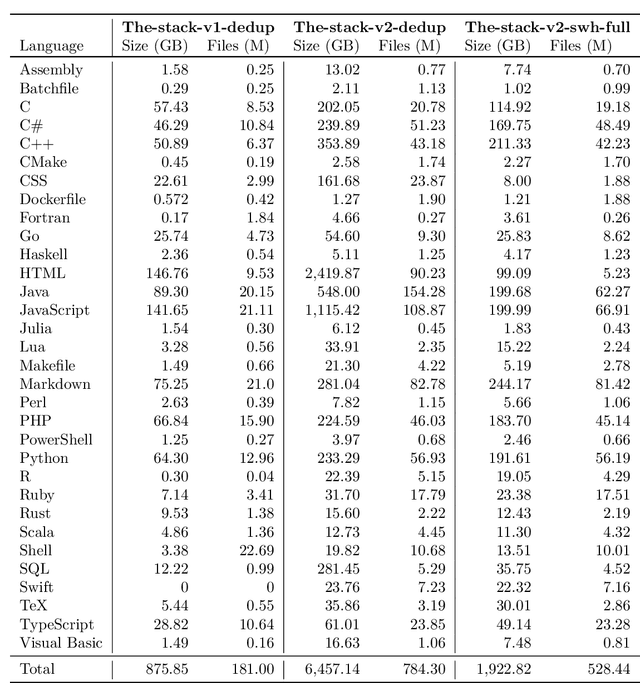
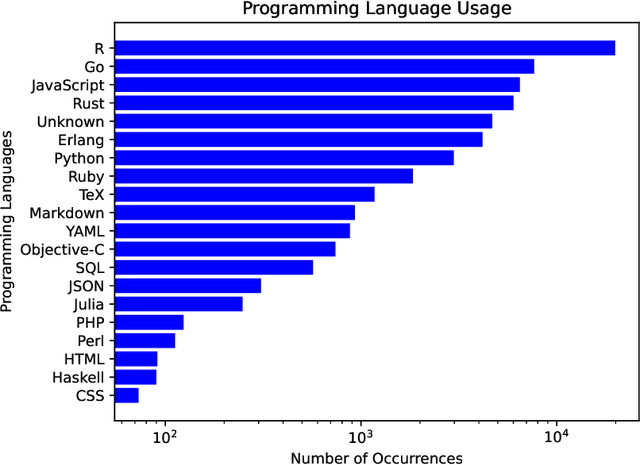
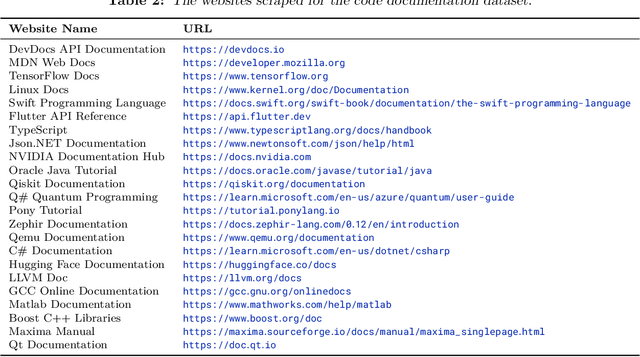
Abstract:The BigCode project, an open-scientific collaboration focused on the responsible development of Large Language Models for Code (Code LLMs), introduces StarCoder2. In partnership with Software Heritage (SWH), we build The Stack v2 on top of the digital commons of their source code archive. Alongside the SWH repositories spanning 619 programming languages, we carefully select other high-quality data sources, such as GitHub pull requests, Kaggle notebooks, and code documentation. This results in a training set that is 4x larger than the first StarCoder dataset. We train StarCoder2 models with 3B, 7B, and 15B parameters on 3.3 to 4.3 trillion tokens and thoroughly evaluate them on a comprehensive set of Code LLM benchmarks. We find that our small model, StarCoder2-3B, outperforms other Code LLMs of similar size on most benchmarks, and also outperforms StarCoderBase-15B. Our large model, StarCoder2- 15B, significantly outperforms other models of comparable size. In addition, it matches or outperforms CodeLlama-34B, a model more than twice its size. Although DeepSeekCoder- 33B is the best-performing model at code completion for high-resource languages, we find that StarCoder2-15B outperforms it on math and code reasoning benchmarks, as well as several low-resource languages. We make the model weights available under an OpenRAIL license and ensure full transparency regarding the training data by releasing the SoftWare Heritage persistent IDentifiers (SWHIDs) of the source code data.
Visual Analytics for Generative Transformer Models
Nov 21, 2023Abstract:While transformer-based models have achieved state-of-the-art results in a variety of classification and generation tasks, their black-box nature makes them challenging for interpretability. In this work, we present a novel visual analytical framework to support the analysis of transformer-based generative networks. In contrast to previous work, which has mainly focused on encoder-based models, our framework is one of the first dedicated to supporting the analysis of transformer-based encoder-decoder models and decoder-only models for generative and classification tasks. Hence, we offer an intuitive overview that allows the user to explore different facets of the model through interactive visualization. To demonstrate the feasibility and usefulness of our framework, we present three detailed case studies based on real-world NLP research problems.
Mixture-of-Linguistic-Experts Adapters for Improving and Interpreting Pre-trained Language Models
Oct 24, 2023
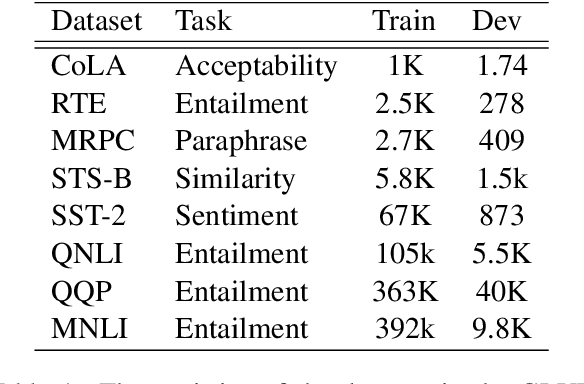
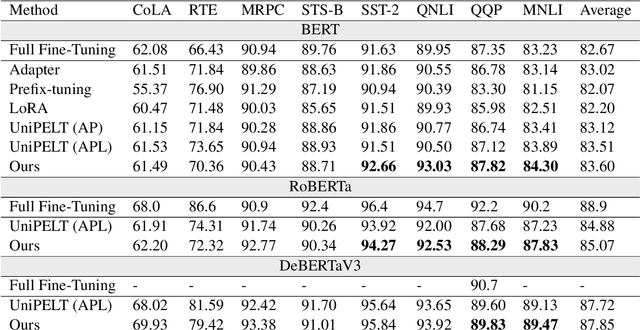
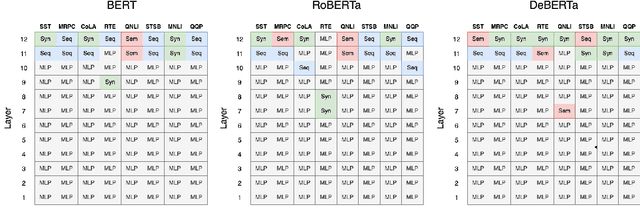
Abstract:In this work, we propose a method that combines two popular research areas by injecting linguistic structures into pre-trained language models in the parameter-efficient fine-tuning (PEFT) setting. In our approach, parallel adapter modules encoding different linguistic structures are combined using a novel Mixture-of-Linguistic-Experts architecture, where Gumbel-Softmax gates are used to determine the importance of these modules at each layer of the model. To reduce the number of parameters, we first train the model for a fixed small number of steps before pruning the experts based on their importance scores. Our experiment results with three different pre-trained models show that our approach can outperform state-of-the-art PEFT methods with a comparable number of parameters. In addition, we provide additional analysis to examine the experts selected by each model at each layer to provide insights for future studies.
Diversity-Aware Coherence Loss for Improving Neural Topic Models
May 26, 2023Abstract:The standard approach for neural topic modeling uses a variational autoencoder (VAE) framework that jointly minimizes the KL divergence between the estimated posterior and prior, in addition to the reconstruction loss. Since neural topic models are trained by recreating individual input documents, they do not explicitly capture the coherence between topic words on the corpus level. In this work, we propose a novel diversity-aware coherence loss that encourages the model to learn corpus-level coherence scores while maintaining a high diversity between topics. Experimental results on multiple datasets show that our method significantly improves the performance of neural topic models without requiring any pretraining or additional parameters.
StarCoder: may the source be with you!
May 09, 2023Abstract:The BigCode community, an open-scientific collaboration working on the responsible development of Large Language Models for Code (Code LLMs), introduces StarCoder and StarCoderBase: 15.5B parameter models with 8K context length, infilling capabilities and fast large-batch inference enabled by multi-query attention. StarCoderBase is trained on 1 trillion tokens sourced from The Stack, a large collection of permissively licensed GitHub repositories with inspection tools and an opt-out process. We fine-tuned StarCoderBase on 35B Python tokens, resulting in the creation of StarCoder. We perform the most comprehensive evaluation of Code LLMs to date and show that StarCoderBase outperforms every open Code LLM that supports multiple programming languages and matches or outperforms the OpenAI code-cushman-001 model. Furthermore, StarCoder outperforms every model that is fine-tuned on Python, can be prompted to achieve 40\% pass@1 on HumanEval, and still retains its performance on other programming languages. We take several important steps towards a safe open-access model release, including an improved PII redaction pipeline and a novel attribution tracing tool, and make the StarCoder models publicly available under a more commercially viable version of the Open Responsible AI Model license.
NL4Opt Competition: Formulating Optimization Problems Based on Their Natural Language Descriptions
Mar 27, 2023Abstract:The Natural Language for Optimization (NL4Opt) Competition was created to investigate methods of extracting the meaning and formulation of an optimization problem based on its text description. Specifically, the goal of the competition is to increase the accessibility and usability of optimization solvers by allowing non-experts to interface with them using natural language. We separate this challenging goal into two sub-tasks: (1) recognize and label the semantic entities that correspond to the components of the optimization problem; (2) generate a meaning representation (i.e., a logical form) of the problem from its detected problem entities. The first task aims to reduce ambiguity by detecting and tagging the entities of the optimization problems. The second task creates an intermediate representation of the linear programming (LP) problem that is converted into a format that can be used by commercial solvers. In this report, we present the LP word problem dataset and shared tasks for the NeurIPS 2022 competition. Furthermore, we investigate and compare the performance of the ChatGPT large language model against the winning solutions. Through this competition, we hope to bring interest towards the development of novel machine learning applications and datasets for optimization modeling.
 Add to Chrome
Add to Chrome Add to Firefox
Add to Firefox Add to Edge
Add to Edge